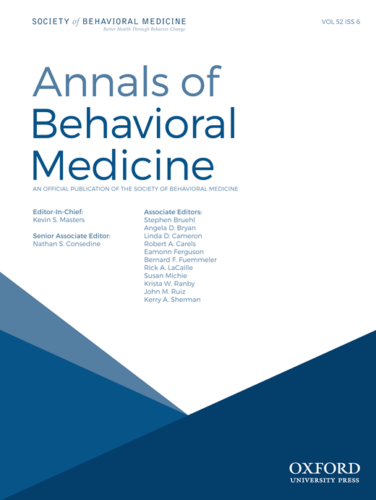 Abstract
Abstract
Pictorial cigarette warning labels are thought to increase risk knowledge, but experimental research has not examined longer-term effects on memory for health risks named in text.
To investigate memory-consolidation predictions that high- versus low-emotion warnings would support better long-term memory for named cigarette health risks and to test a mediational model of warning-label effects through memory on risk perceptions and quit intentions.
A combined sample of U.S.-representative adult smokers, U.S.-representative teen smokers/vulnerable smokers, and Appalachian-representative adult smokers were randomly assigned to a warning-label condition (High-emotion pictorial, Low-emotion pictorial, Text-only) in which they were exposed four times to nine warning labels and reported emotional reactions and elaboration. Memory of warning-label risk information, smoking risk perceptions, and quit intentions were assessed immediately after exposures or 6 weeks later.
Recall of warning-label text was low across the samples and supported memory-consolidation predictions. Specifically, immediate recall was highest for Low-emotion warnings that elicited the least emotion, but recall also declined the most over time in this condition, leaving its 6-week recall lowest; 6-week recall was similar for High-emotion and Text-only warnings. Greater recall was associated with higher risk perceptions and greater quit intentions and mediated part of warning-label effects on these important smoking outcomes. High-emotion warnings had additional non–memory-related effects on risk perceptions and quit intentions that were superior to text-only warnings.
High- but not Low-emotion pictorial warning labels may support the Food and Drug Administration’s primary goal to “effectively convey the negative health consequences of smoking.”


